How to Identify Which Genes Have Dose Response Using R
DNA sequences that code for proteins begin with the three bases ATG that code for the amino acid methionine and they end with one or more stop codons. Modified 9 years 7 months ago.

A Pipeline To Analyse Time Course Gene Expression F1000research
Then CRISPR is used to remove three genes.

. They can act as biological markers helping scientists locate genes that are associated with disease. 189 RNase R levels change in response to different. Two that can interfere with the NY-ESO-1 receptor and another that.
2425 One study in 539 Caucasian patients receiving steady state. When SNPs occur within a gene or in a regulatory region near a gene they may play a more direct role in disease by affecting the genes function. Validation studies of these eight DMRs using bisulfite amplicon sequencing and an expanded set of 30 subjects confirmed the significant alcohol-dose-associated methylation of the DMRs.
This study was designed to study the role of genetic variation in variation in HHT response by using these well-established pharmacogenomic approaches that involve genome-wide basal gene expression profiles and genome-wide SNPs for 278 human lymphoblastoid cell lines LCLs to identify SNPsgenes that might contribute to variation in HHT drug. Ask Question Asked 9 years 7 months ago. Real time RTPCR is a nuclear-derived method for detecting the presence of specific genetic material in any pathogen including a virus.
Dose-response characterization exposure characterization and risk. ID_REF GSM362168 GSM362169 GSM362170 GSM362171 GSM362172 GSM362173 GSM362174 244901_at 5171072 5207896 5191145 5067809 5010239. A genetic test can identify genetic variations that studies have linked to the risk of developing a specific disease or of passing a disease gene on to descendants.
By statistical calculation an upper 95 confidence limit of the curve is determined 3. The Benchmark Response is defined as 10 or 5 or 1. Most SNPs have no effect on health or development.
This is an unknown protein sequence that we are seeking to identify by comparing it to known protein sequences and so Protein BLAST should be selected from the BLAST menu. The dose-response relationship is the most basic and most important fundamental concept in the field of toxicology because so many health and economic assessments as well as regulatory decisions often depend on the integrity of this relationship. Another use of genetic information is to help predict who is likely to develop a disease for example early.
The rnr gene that encodes RNase R is part of an operon containing. Originally the method used radioactive isotope markers to detect targeted genetic materials but subsequent refining has led to the replacement of isotopic labelling with special markers most frequently fluorescent dyes. This information can help doctors tailor drug prescriptions for individual patients by providing guidance on dose possible side effects or differences in effectiveness for people with certain gene variants.
Use the limma package for all sorts of microarray differential expression. Sometimes called molecular photocopying the polymerase chain reaction PCR is a fast and inexpensive technique used to amplify - copy - small segments of DNA. The A-allele at rs9895420 in ABCC3 was associated with a 46 24-62 reduction in odds of dose.
The product of rad absorbed dose and the quality factor appropriate for the radiation type is expressed as rem or DE dose equivalent and may be used to predict the type and extent of response to radiation. The therapy involves making four genetic modifications to T cells immune cells that can kill cancerFirst the addition of a synthetic gene gives the T cells a claw-like protein called a receptor that sees NY-ESO-1 a molecule on some cancer cells. To access BLAST go to Resources Sequence Analysis BLAST.
Viewed 874 times -2 I have a matrix which contains the genes and the mrna. Genetic factors can account for 20 to 95 percent of patient variability. Protein and gene sequence comparisons are done with BLAST Basic Local Alignment Search Tool.
In principle locating genes should be easy. It has an excellent vignette available along with installation instructions on its Bioconductor landing page. It than if he or she did not have the risk.
Six of the synaptic genes have not previously been linked to alcohol use. If using limma follow up questions on the Bioconductor mailing list but please read the vignette and consult with someone with some statistical knowledge first if necessary. Eight of the DMRs mapped to genes implicated in modulating synaptic plasticity.
NsrR transcriptional regulator rnr exoribonuclease rlmB rRNA methyltransferase and yjfI unknown function. Some of these genetic differences however have proven to. Most data sets available contains a lot of 0-measurements see for instance your density plot from the previous chapter.
Gene testing to predict cancer. In the R-studio Environment tab click on your data set or perform the Viewdata command and click on one of the sample columns to order the data ascending. In a true dose-response relationship there is some measurable effect that is proportional to the amount of the chemical received.
The C-allele at rs4918758 in CYP2C9 was associated with a 25 15-44 lower odds of dose reduction of quinine p1610-5. Rem dose-equivalent is the only unit of measurement that expresses the dose-effect relationship. You will now most likely unless you have bacterial data.
What can a genetic test reveal. Identification of VKORC1 as the warfarin target led rapidly to identification of common variant promoter haplotypes which correlated well with variable liver expression of the protein 24 and are associated with decreased steady state dose requirement and shorter time to therapeutic anticoagulation. The Benchmark Dose corresponds to the bench mark response on the upper confidence limit curve.
Experimental data to produce a dose-response curve of best fit. We identify 8 novel associations after bonferroni correction 3 of which are replicated or validated in the UK biobank or have other supporting results. T test to find differentially expressed genes in R.
A genetic test can also indicate how a person might respond to certain medicines. Genes where no reads have mapped. Study with a narrower dose range study Use pharmacological response or biological markers from animal studies and phase I studies to guide the selection in dose range for the early studies Although not always attainable in early studies a goal should be to try and define the Maximally Tolerated Dose MTD the Maximally.
In addition some investigators report that the dose-response curve begins to straighten at higher doses leading some to propose that a linear-quadratic-linear dose response model is more appropriate Astrahan 2008. 14 Operon transcription is thought to be driven by a σ 70 promoter and transcript processing and decay is mainly regulated by RNase E. As described below biochemical and genetic analyses of the mechanisms by which dioxin may modulate particular genes have revealed the outline of a novel regulatory system.
Genetic polymorphisms for many drug-metabolizing enzymes and. Drug companies are also using pharmacogenomics to develop and market medicines for people with specific genetic profilesBy studying a drug only in people likely to. Bioinformatics allows scientists to make educated guesses about where genes are located simply by analyzing sequence data using a computer in silico.
Given these and other questions together with the considerable advances that have been made in our understanding of radiation. Because significant amounts of a sample of DNA are necessary for molecular and genetic analyses studies of isolated pieces of DNA are nearly impossible without PCR amplification. Identify novel targets for the development of drugs that can antagonize dioxins adverse effects.

Genome Wide Analysis Of Therapeutic Response Uncovers Molecular Pathways Governing Tamoxifen Resistance In Er Breast Cancer Ebiomedicine
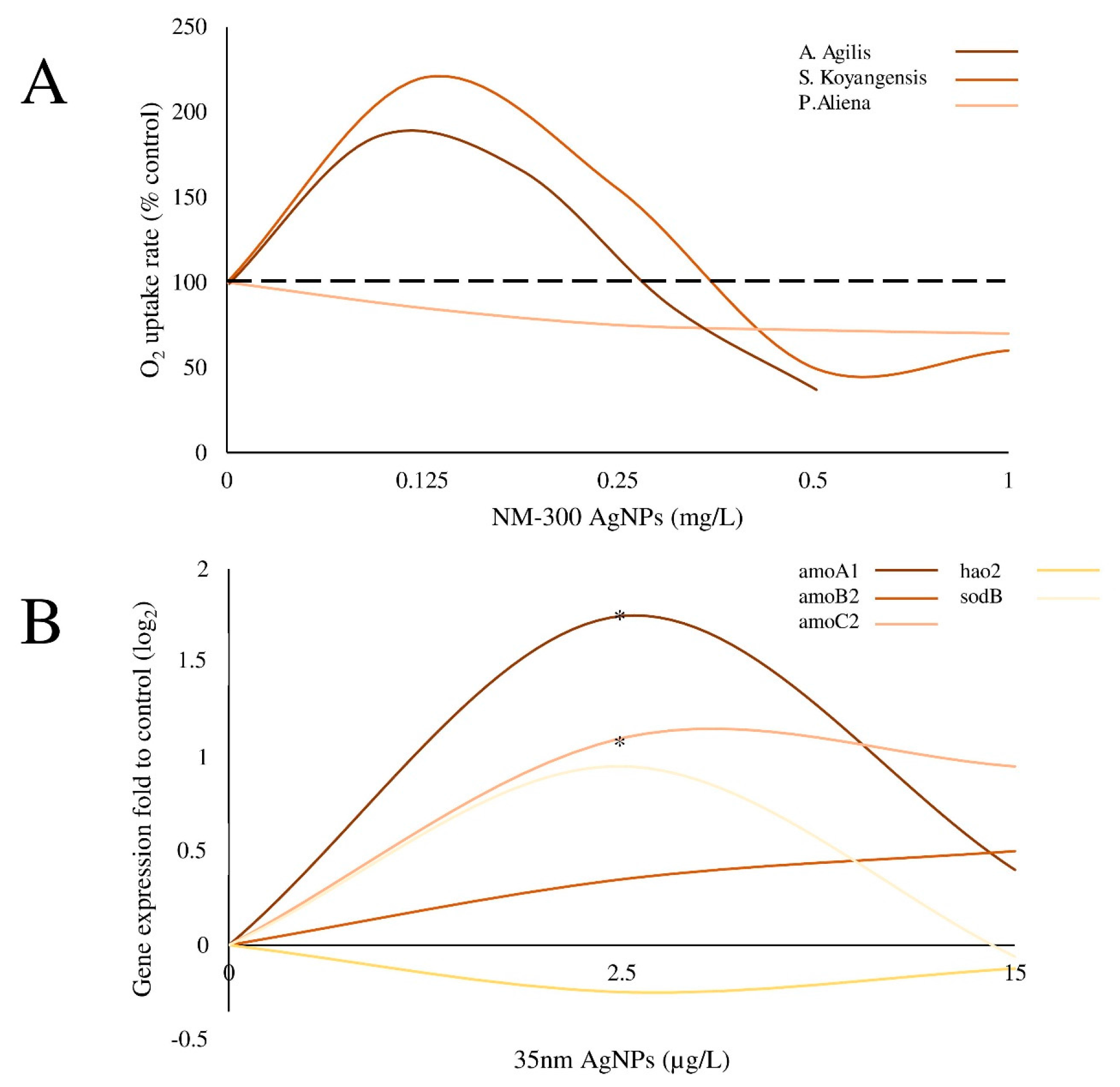
Ijms Free Full Text Nanoparticle Exposure And Hormetic Dose Responses An Update Html

Integrated Genome And Transcriptome Analyses Reveal The Mechanism Of Genome Instability In Ataxia With Oculomotor Apraxia 2 Pnas
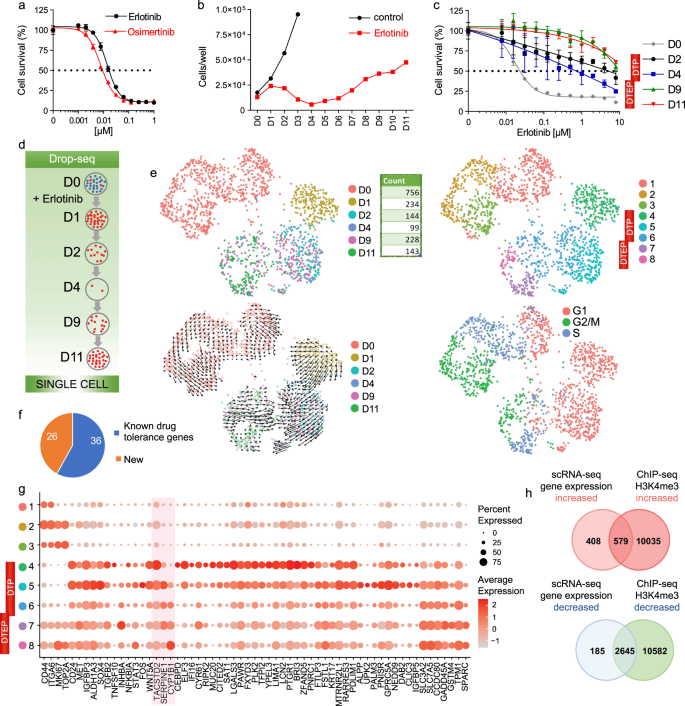
Single Cell Transcriptional Changes Associated With Drug Tolerance And Response To Combination Therapies In Cancer Nature Communications

Multiscale Effects Of Heating And Cooling On Genes And Gene Networks Pnas

Gwas Of Three Molecular Traits Highlights Core Genes And Pathways Alongside A Highly Polygenic Background Elife
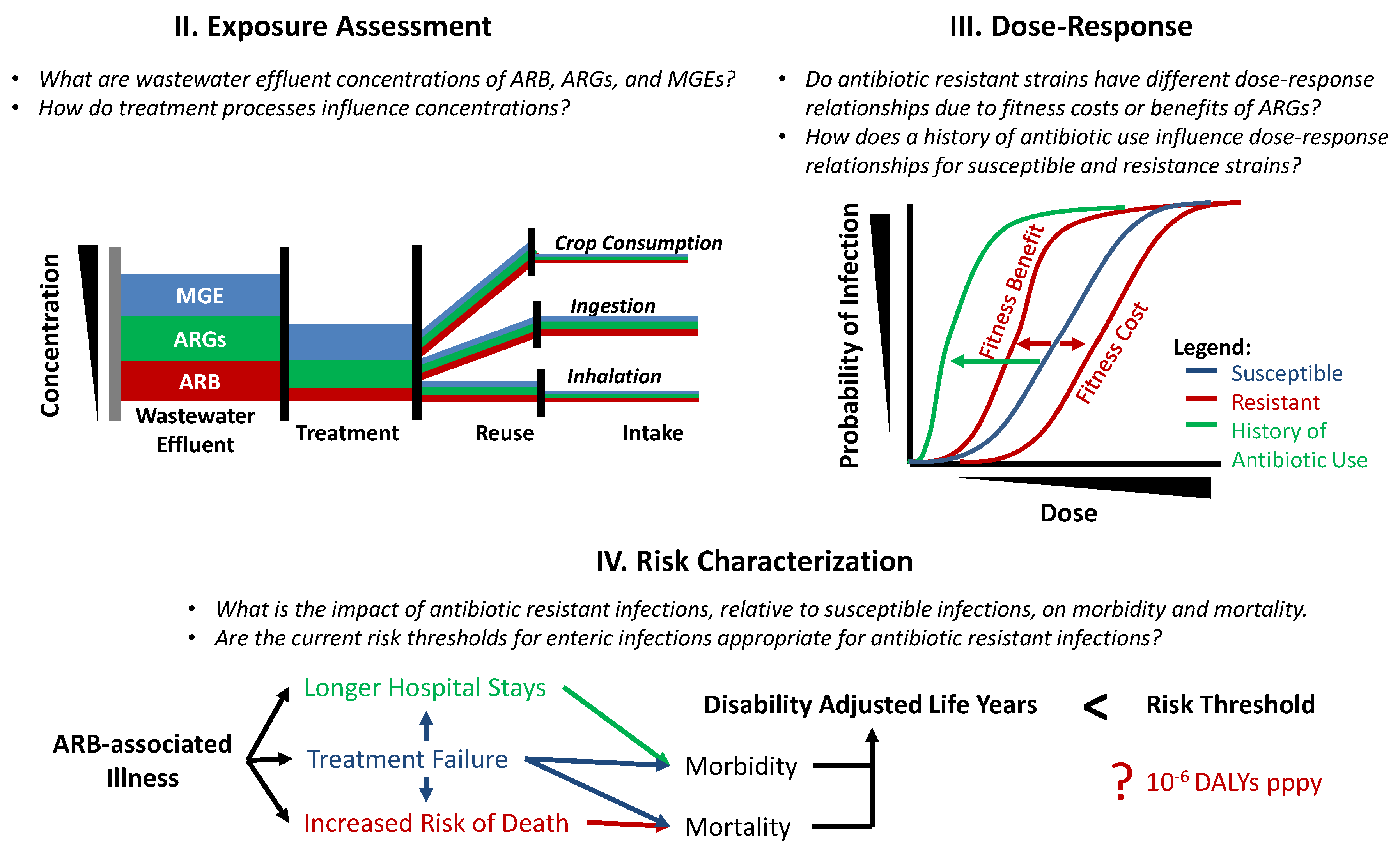
Water Free Full Text Reusing Treated Wastewater Consideration Of The Safety Aspects Associated With Antibiotic Resistant Bacteria And Antibiotic Resistance Genes Html

Multiscale Effects Of Heating And Cooling On Genes And Gene Networks Pnas

A Pipeline To Analyse Time Course Gene Expression F1000research

143 Questions With Answers In Differential Gene Expression Science Topic

A Chemical Genetic Screen Identifies Aurora Kinases As A Therapeutic Target In Egfr T790m Negative Gefitinib Resistant Head And Neck Squamous Cell Carcinoma Hnscc Ebiomedicine
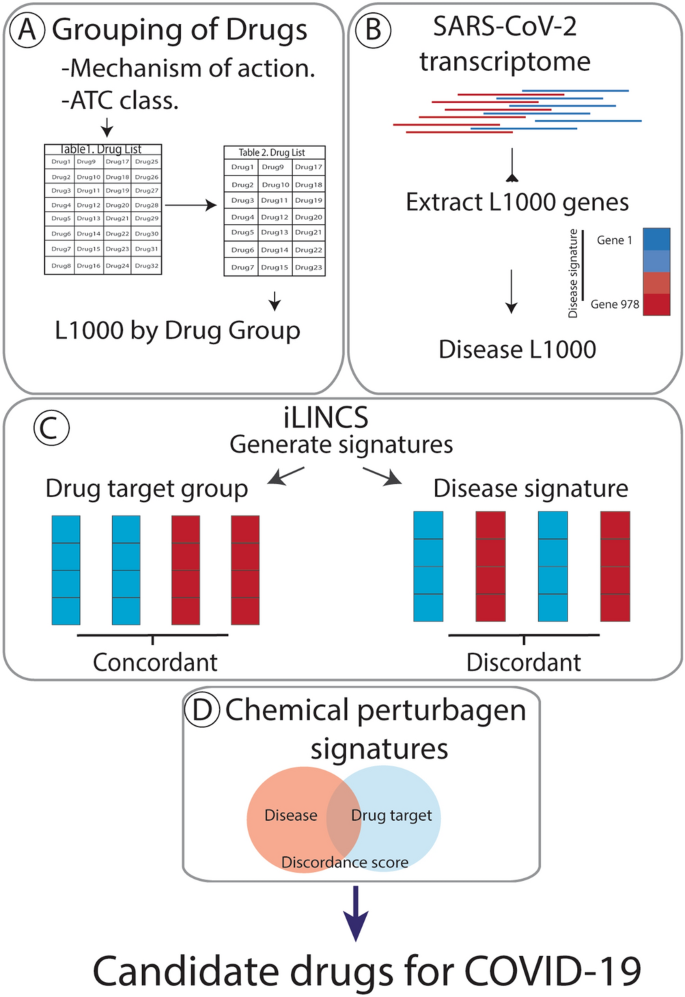
Identification Of Candidate Repurposable Drugs To Combat Covid 19 Using A Signature Based Approach Scientific Reports
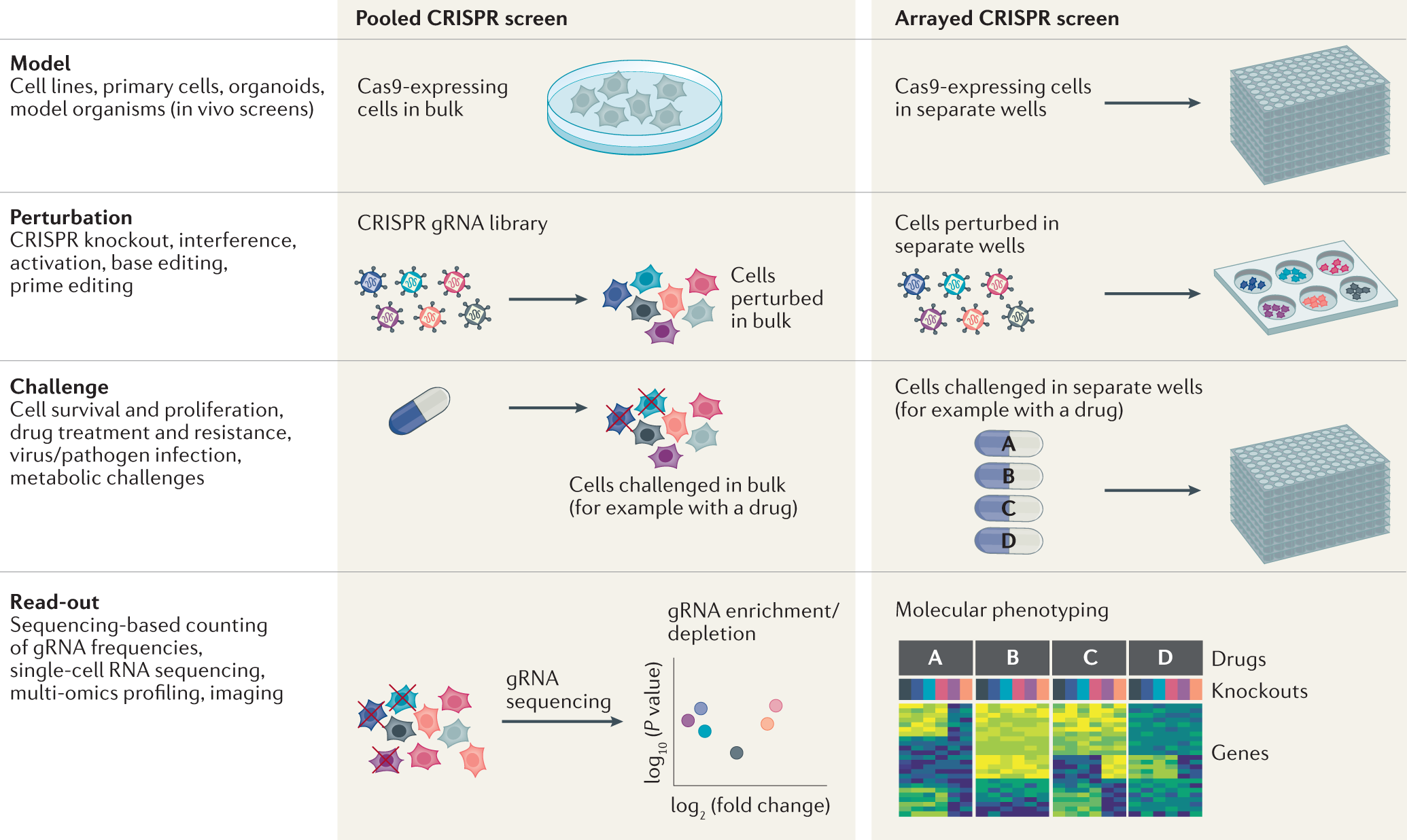
High Content Crispr Screening Nature Reviews Methods Primers

Identification Of Covid 19 Prognostic Markers And Therapeutic Targets Through Meta Analysis And Validation Of Omics Data From Nasopharyngeal Samples Ebiomedicine

Recurrent High Impact Mutations At Cognate Structural Positions In Class A G Protein Coupled Receptors Expressed In Tumors Pnas

Multiscale Effects Of Heating And Cooling On Genes And Gene Networks Pnas

Genetic Basis Of Variation In Cocaine And Methamphetamine Consumption In Outbred Populations Of Drosophila Melanogaster Pnas
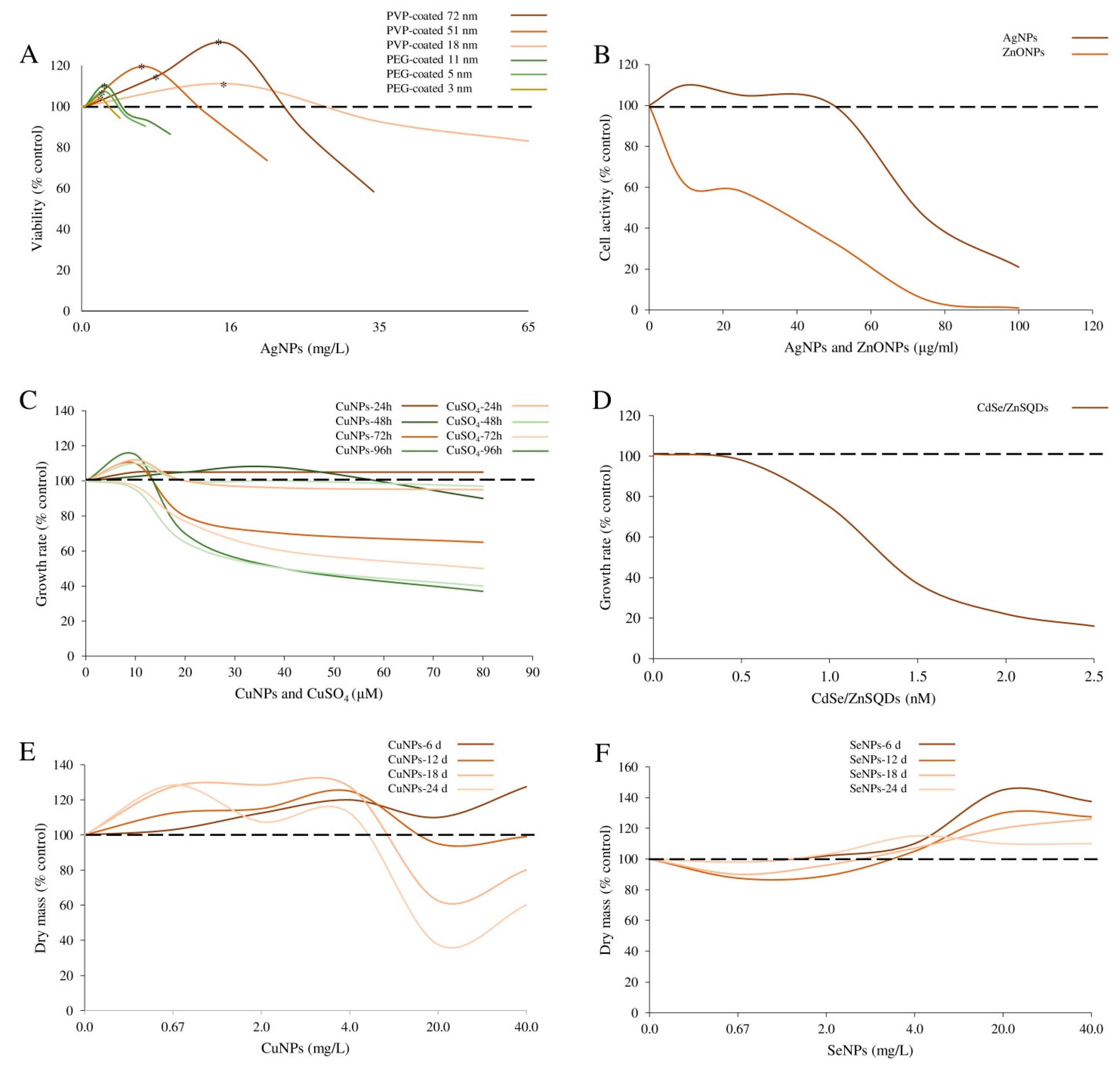
Ijms Free Full Text Nanoparticle Exposure And Hormetic Dose Responses An Update Html

Comments
Post a Comment